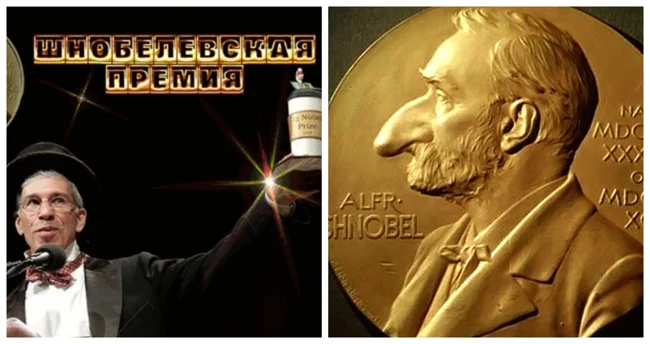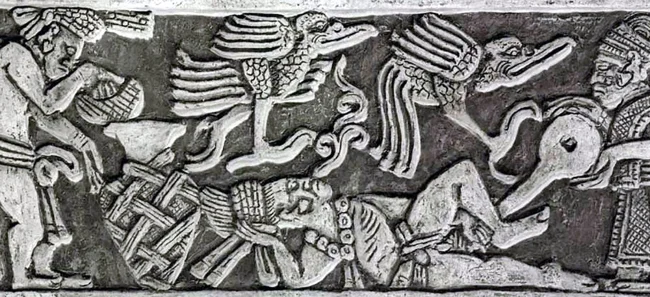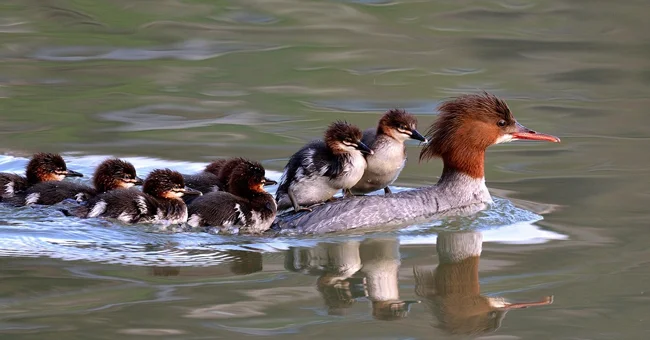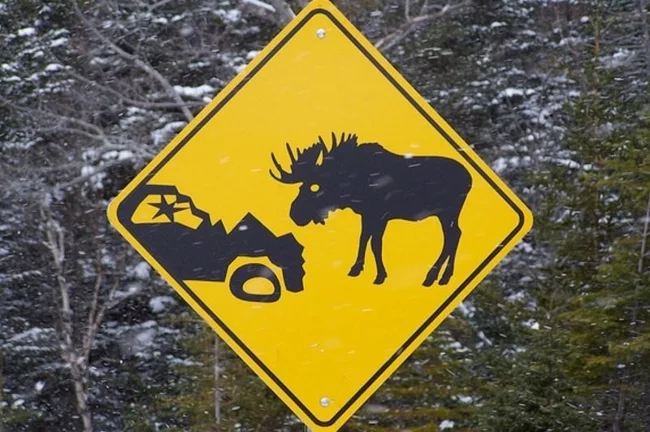Constipation in scorpions, ducklings swimming and ritual enemas: for which scientists received the 2022 Ig Nobel Prize (10 photos)
British scientists aren't the only ones churning out goofy, laugh-out-loud scientific achievements. The 32nd Ig Nobel, or Ignobel, Prize ceremony was held at Harvard. The winners were announced online in ten categories. They received paper cylinders and copies of 10 trillion Zimbabwean dollar bills. 
The winners in the Applied Cardiology category included a group of scientists from the Czech Republic, the Netherlands, Great Britain, Germany, Sweden and Aruba, who found that the heartbeats of lovers who liked each other when they first met “begin to synchronize.”
The mechanism underlying physiological synchrony is still unclear. But perhaps when people like someone, they unconsciously pay attention to microexpressions, such as pupil dilation or blushing, and the body responds by replicating these features. 
The literature prize went to scientists from Canada, the US, the UK and Australia who analyzed what makes legal documents “unnecessarily difficult to understand.” At the same time, as experiments with volunteers have shown, the lack of legal knowledge has little effect on the understanding of texts - it is the style of presentation that creates problems; 
A biology award was given to scientists from Brazil and Colombia who focused on the impact of constipation on the mating prospects of scorpions. It turns out that scorpions do not regenerate and, after losing their tail, they will eventually die from constipation. However, several months pass before this moment, so the scorpion may still have time to find a mate and have offspring. 
In the medical field, a victory was won by scientists from Poland, who found that when undergoing some forms of “toxic chemotherapy”, patients would have fewer side effects if one of the components of the treatment was replaced with ice cream; 
In the field of engineering, a literal scientific “breakthrough” was made by scientists from Japan who tried to find “the most effective way to use your fingers when turning a handle.” They calculated the exact diameter of a spherical door handle (knob), at which the person holding it uses two fingers (up to 10 mm), three (up to 23-26 mm) or more, and also found out exactly how the fingers move when opening the door. Scientists propose to use the results for more accurate design of door handles.; 
The Art History category featured scientists from the Netherlands, Guatemala, the United States and Austria who explored “a multidisciplinary approach to ritual enema scenes on ancient Mayan pottery.” After studying classic examples of Mayan pottery, researchers came to the conclusion that this people actively practiced rectal administration of intoxicants! 
In the field of physics research, two groups of scientists from China, Great Britain, Turkey and the United States, who tried to understand “how ducklings manage to swim in formation,” were far ahead of their competitors. To do this, the researchers calculated the resistance of the waves and found out: when each duckling in such a formation sticks to its place, the phenomenon of so-called destructive interference occurs; 
The Peace Prize (where would we be without it) went to scientists from China, Hungary, Canada, the Netherlands, Great Britain, Italy, Australia, Switzerland and the USA, who developed an algorithm “to help gossipers decide when to tell the truth or lie.” Gossip will be honest when honesty benefits the team, and dishonest when honesty can harm the team, the scientists found. 
In the field of economics, scientists from Italy stood out from the rest, giving a mathematical explanation of the phenomenon why it is not the most talented, but the luckiest, who are more often successful. Even if a person has all the qualities necessary for success, but is not in the right place at the right time, he will not achieve the expected heights! 
Well, in the category for “technical safety” the leaders were scientists from Sweden, who “developed a dummy for moose crash tests.” 
After calculations, it turned out that the elk’s center of gravity is exactly at the level of the windshield. The legs are the first to suffer in a collision. When they break, the carcass accelerates, even if the initial speed of the car is low, and flies into the windshield.
Scientists expect that their development, including those adapted for other animals, will make it possible to create cars that are safer for animals and passengers, as well as give correct recommendations on speed limits in dangerous areas.
